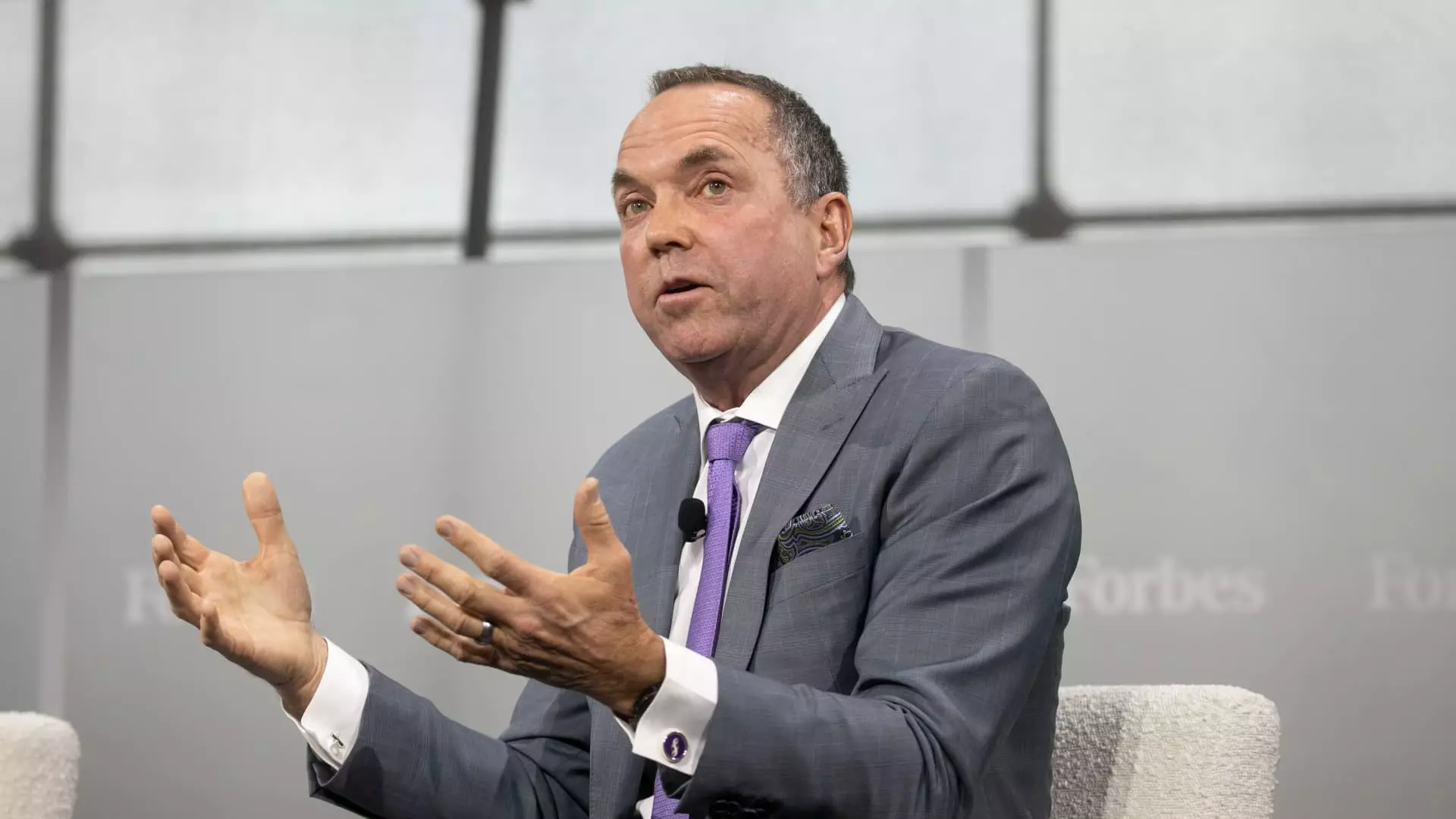In the world of cutting-edge medicine, hope often dances dangerously close to hubris. Sarepta Therapeutics’ gene therapy, Elevidys, has been at the epicenter of this perilous dance. Initially heralded as a breakthrough for Duchenne muscular dystrophy—a devastating condition that robs young boys of their strength and life expectancy—the drug’s promise has been marred by escalating safety concerns, regulatory ambivalence, and the perilous obsession with rapid approval. It underscores a broader danger in modern biotech: the reckless pursuit of innovation at the expense of patient safety and sound scientific validation.
From its inception, Elevidys was urged forward by a regulatory environment eager to provide hope for a disease with immense unmet needs. Yet, beneath this veneer of progress lurks a shadow of doubt. The drug’s clinical trials failed to meet primary endpoints, raising fundamental questions: Does it truly deliver the benefits it claims? Or is the hype driven more by desperation and commercial interests? The fact that the FDA granted conditional approval, despite the shaky evidence, exemplifies a troubling trend—favoring speed over safety, and optimism over rigorous science.
The recent news that the FDA might request the suspension of shipments signals that the risk-reward calculus has tipped dangerously toward the latter. Already plagued by multiple patient deaths and serious adverse events—most notably liver failure—the treatment’s safety profile is now under scrutiny. Yet, regulatory authorities seem caught between their duty to protect patients and the political or financial pressures to keep the therapy on the market. This ambivalence feeds into the dangerous assumption that improvements in muscular function are worth risking life itself, a gamble that refuses to fully account for the unpredictable nature of gene therapies.
The Perils of Accelerated Approval and Precarious Clinical Evidence
In the rush to combat rare and severe diseases, regulatory agencies have increasingly resorted to fast-tracking treatments that show promise but lack comprehensive data. Elevidys was granted conditional approval for children as young as four, including those who already have significant disease progression. Such decisions reflect an urgent desire to address unmet needs, but they also highlight an alarming disregard for the potential long-term consequences.
The controversy deepened when Sarepta sought full approval despite failing to meet primary endpoints in pivotal trials. The company’s narrative—that the drug “showed promise”—cannot obscure the reality that the evidence remains inconclusive. The insistence of certain leadership figures within the FDA to expand approval, despite staff reservations, reveals a troubling willingness to bend scientific standards. It exemplifies a regulatory environment that sometimes values hope and innovation over rigorous proof, thus risking patient safety in pursuit of a “breakthrough” narrative.
When dealing with life-threatening diseases, it is tempting to accept less-than-perfect data; however, history offers countless cautionary tales. Drugs approved hastily often lead to unforeseen adverse events, eroding public trust and, ultimately, patient lives. Elevidys’ recent safety signals—including the tragic deaths—are stark reminders that rushing therapeutic innovation is a double-edged sword.
The Commercial Dependence and the High Stakes of Failure
Sarepta’s fate revolves entirely around Elevidys—a drug that composes more than half of its revenue. This dependency hints at a systemic flaw in how biotech companies pursue breakthroughs: the obsession with a singular product that can make or break the company’s future. If the FDA eventually pulls the plug, Sarepta risks becoming obsolete overnight, especially if no viable alternatives or backup revenue streams exist.
The corporate pursuit of profit, however, raises ethical questions. When safety concerns emerge, corporate interests often collide with patient welfare. Sarepta executives attempted to reassure investors about the drug’s potential, but their optimism clashes with the mounting evidence of risk. It’s a familiar narrative: innovation driven more by market expectations than solid science. When such approaches result in preventable tragedies—like young boys losing their lives—it reveals a stark failure of corporate responsibility.
Meanwhile, the wider biotech landscape offers lessons from other therapies like Zolgensma, which also posed serious safety risks but secured clear benefits. In comparison, Elevidys’ uncertain efficacy makes its safety issues even more unforgivable. The focus should shift from “what can we rush to market” to “what is truly safe and effective”—a distinction that has been blurred by regulatory expediency and corporate greed.
An Ethical Quagmire and the Future of Gene Therapy
The stories shared by families like Jennifer Handt, whose son shows promising improvements, reveal the emotional stakes at risk. These personal accounts wield significant influence—they humanize the debate and remind us that this isn’t just about chemicals and approvals, but real lives and hopes. Yet, even with such stories, the overarching question remains: is rushing these therapies justified when the safety profile is so uncertain?
The current controversy surrounding Elevidys exposes a dangerous precedent: that regulatory agencies and biotech companies may prioritize market share and public relations over patient safety. This paradigm fosters a cycle where risk is minimized for companies but maximized for patients. It’s an ethical quagmire that demands critical reflection, transparency, and stringent standards—not leniency in the face of desperation.
Unequivocally, the pursuit of gene therapies must be tempered with caution and rigorous scientific validation. History teaches us that unchecked ambition, especially in the treatment of severe diseases, has often led to tragic outcomes. Moving forward, a balanced approach rooted in patient welfare, scientific integrity, and realistic expectations is essential if we want to prevent the next crisis from devastating lives and trust in medical innovation.

